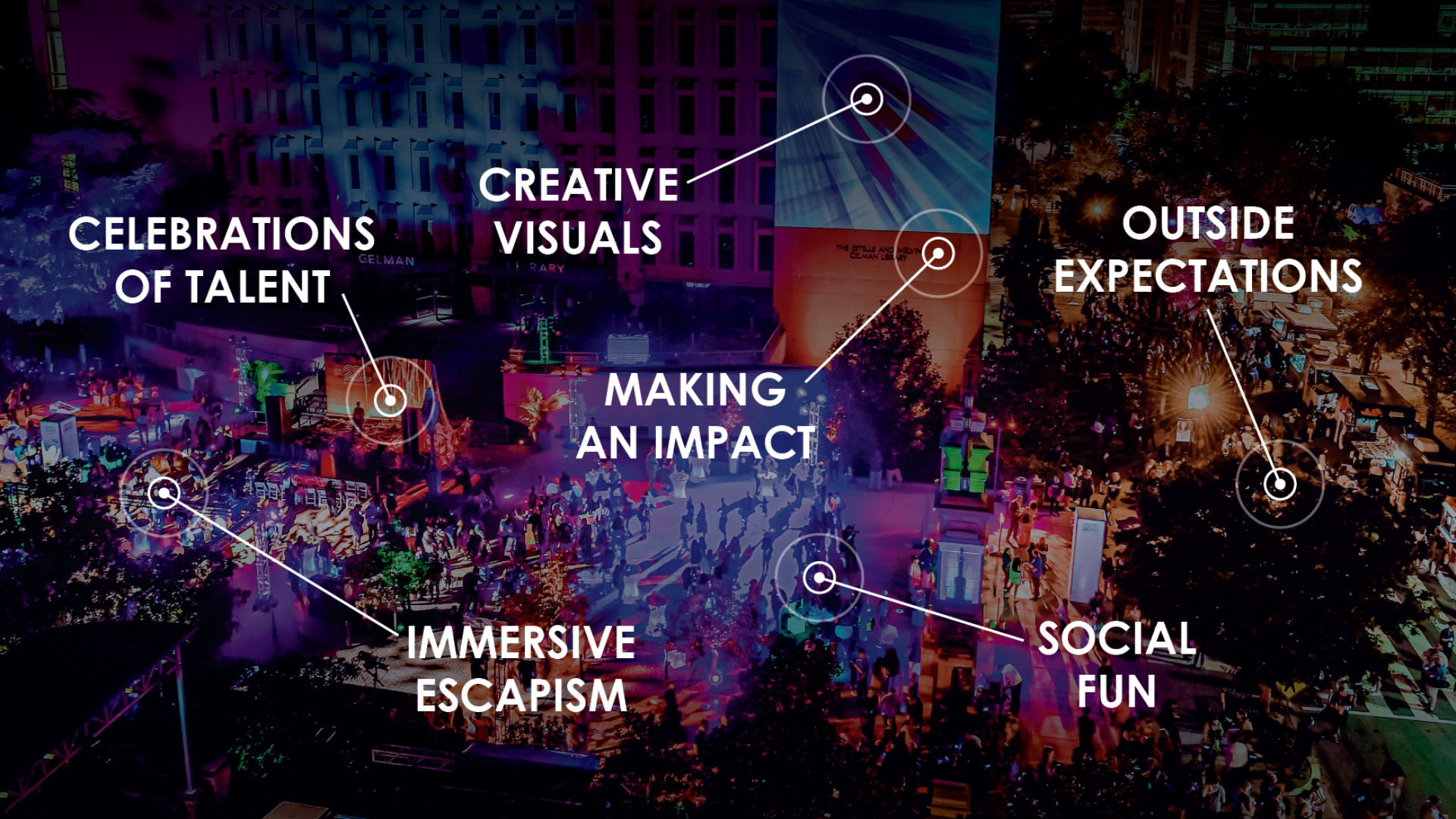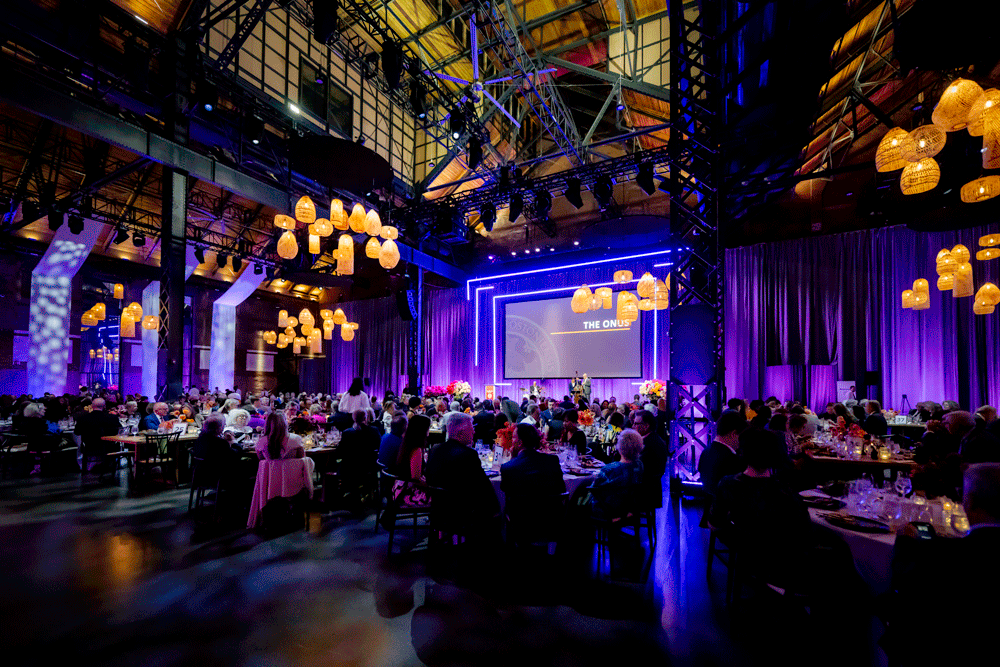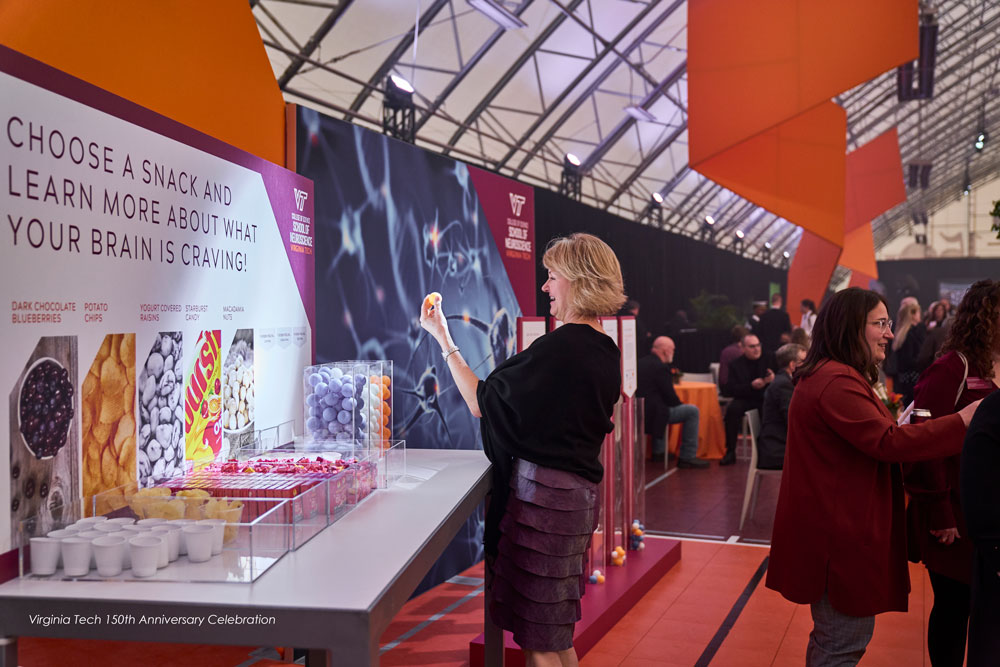
Level5’s Associate Vice President of Strategic Initiatives Jessica Miller had a conversation with Associate Vice President, Donor Relations and Experience Angela Altamore of BWF to discuss our CROWDPulse Report—a project that investigates the social media behaviors and experiential preferences of high-net-worth donors and alumni.


JESS:
In this industry, we are accustomed to the practice of developing giving- or capacity-related personas. In my experience, though, these personas are informational, often lacking clear, implementable outcomes. What we believed would make our Pulse research most beneficial was ensuring that it was done with a bias for action—delivering answers to driving questions so that the findings could be more easily applied to our collective work.

ANGELA:
This report immediately made me think about how to create new events with deep intentionality, as well as how to adapt existing events with my clients. There are other scoring tools, personas, and data in the field, but this report resonated because I could quickly visualize attendees in a way that is easily translatable to events and experiences.
Data-supported findings are needed in the Donor Experience field, and I believe the key to them being accepted is that they are showcased in a way that is easy to digest and translate. Creative-minded donor experience and events professionals may not be naturally comfortable with data and using it to make data-driven decisions, in part because the field has not historically required it of them. This Pulse Report speaks to the creative event and experience planner in me; I can read it once and immediately begin to imagine how I might implement interactions and activities to draw in certain personas and shape my creative strategy.

JESS:
One of the things we often share when presenting this Pulse Report is that the persona descriptions are likely to feel familiar. In our work in higher ed. advancement, we have probably met an “altruistic investor” or a “future builder”, a “better tomorrow” or an “educated culturalist”.
The identities themselves may not be novel to us, but what is new is the actionable way in which we can activate these familiar-to-us groups. The findings allow us to organize our event strategies around the attendee, using their own digital engagement as a driving force for creating more resonant experiences.

ANGELA:
Most immediately and apparently, I thought about utilizing this data to move from traditional events to truly immersive experiences. We have been talking in our field for many years about challenging the status quo, and I hope that people take away from this research that we’re not just evolving for the sake of evolving—our donors and alumni also want this evolution in how we engage them. What surprised me is how easily these insights can also be used to enhance donor relations work in general, even beyond events. As I work with clients to optimize donor relations and develop impactful storytelling, donor communications pieces, and even tailored donor content, I can easily find ways to enrich those efforts by incorporating the behaviors, motivators, and top interests the Pulse Report identifies.

JESS:
At Level5, we’re big believers in centering experiential design around the attendee. We start each project with our Audience Matrix exercise. Asking: What are the current states of mind of the key segments we are trying to engage? What preconceived notions might they have that we want to enhance or dispel through this experience? We then explore how they are meaningfully moved by their participation. What do we want them to think, feel, know, and ultimately do as a result?
We have found this data extremely useful in better understanding these key groups so that we can design experiences that marry the journey on which we want to take them with the one by which they will be most meaningfully moved.

ANGELA:
I would encourage them to close their eyes and imagine attendees leaving their event thinking, “I did something today that mattered.” Now… what is the experience that will make that a reality? Instead of starting by saying, “we want to host a dinner for scholarship donors,” start with the purpose of the event and then decide who the right audience is. Once they have their audience, use the Pulse Report insights to develop the experiences and content that will truly speak to the attendee.
Beginning with the end in mind will ensure that each step along the way is focused on achieving the desired outcome and that the experience is as fruitful as possible.

JESS:
Engagement has been a historically tricky thing for professionals in our industry to measure and track. Specific to events, we have used proxy metrics like attendance or attrition and anecdotal evidence like audience applause or reaction to approximate what it means for a person to be highly engaged. As the field and technology advance, we are both excited and challenged to think of better ways we can measure not only engagement, but the returns we seek to gain from it.

ANGELA:
My hope is that these insights challenge event and experience professionals to push the boundaries of event content. The for-profit sector is much more open to innovation, and we can learn a great deal from that space. We must find ways to evolve in order to set our organizations apart and inspire our attendees to continue to engage and support our mission.
That’s the value in a partner like Level5, who has a depth of experience in both the for-profit and non-profit sectors.
Pushing the boundaries, trying new things, and elevating our experiences are all necessary if we want to inspire attendees to make the choice to leave the comfort of homes to gather with our communities and advance our missions.
See examples of some of the key takeaways from our CROWDPulse Report operationalized.

For Altruistic Investors, comfort is the bare minimum. They enjoy tasteful, but luxurious events, galas, or dinners. They are drawn to unique experiences they wouldn’t be able to access elsewhere.
>> See how we create memorable moments, with a touch of luxury.

Future Builders enjoy events that allow them to be active and get them out of their usual offices, even outside. They are open to trying new and unusual things, and like to be active participants in their experiences.
>> See how we enhance participation with Engagement Zones.

The attendee of today expects to be wowed, to experience something one-of-a-kind. They want to be engaged in the content and participatory in the experience.
Our SVP of Creative, Dustin Sparks, gives three tips for taking your event creative to the next level.
Learn more about Level5 and BWF.